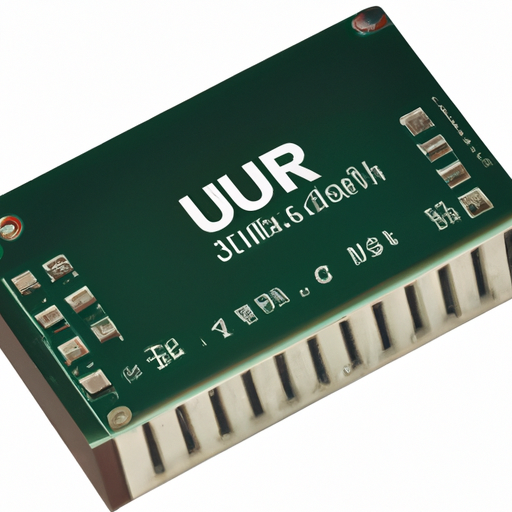Overview of UARTs (Universal Asynchronous Receiver Transmitter)
Definition: A UART (Universal Asynchronous Receiver Transmitter) is a hardware communication protocol that facilitates asynchronous serial communication between devices. It converts parallel data from a microcontroller or processor into a serial format for transmission and vice versa.
Core Functional Technology of UARTs
| 1. Asynchronous Communication | |
| 2. Data Framing | |
| 3. Baud Rate | |
| 4. Error Detection | |
| 5. Flow Control | |
| 1. Microcontroller Communication | |
| 2. GPS Modules | |
| 3. Wireless Communication | |
| 4. Debugging and Logging | |
| 5. Industrial Automation | |
| 6. IoT Devices | |
Application Development Cases of UARTs
Conclusion

UARTs are a fundamental technology in serial communication, widely used across various applications due to their simplicity and effectiveness. Understanding their core functionalities and application cases can help developers leverage UARTs in their projects, ensuring reliable and efficient data transmission in embedded systems and beyond. The versatility of UARTs makes them an essential component in modern electronics, from consumer devices to industrial automation systems.